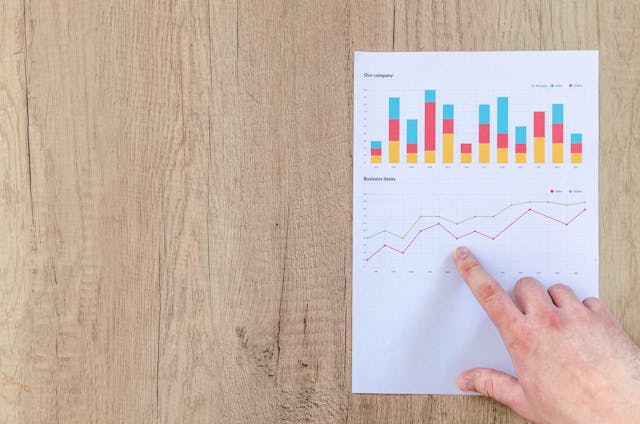Uber was probably one of the most anticipated IPOs in 2019. Priced at $45, it started trading on May 9, 2019. Since then, the stock has had a rocky start and is now trading below its IPO price. Uber operates in over 60 countries and 700 cities as a ridesharing company. However, several plans are being made for the future for the company, which involve freight booking solutions, food delivery, urban air transport and self-driving technology.
Uber Stock Price Technical Analysis
Typically, it’s not a good sign when an IPO starts trading and can’t move above its IPO pricing. In the case of Uber, it was priced at $45 and immediately took a 20 percent hit by falling to about $36 in just two days of trading. After recovering, the stock price hovered between the $43 and $47 price range during June and July. When the broad market took a hit at the start of July, the SPX dropped from 3025 to 2850. Uber traded in sympathy by falling hard to $31, which was a little over a 30 percent price move lower.
It’s only been able to rebound slightly in September by moving from $31 to $34. This dramatic drop in price since the IPO is reminiscent of Facebook’s IPO. It was priced at $38 and proceeded to trade down to the $17 level before its big run to over $200 in the next six years. While these two companies are in completely different sectors, it just shows that an investor shouldn’t get discouraged and needs to look at the fundamentals to see what the company is strategizing for the future.
The Uber stock price is just over $34. The 50-day moving average is dropping and currently at the $34 level. The $31 support level needs to hold if it is touched a second time. A bounce from there would bring about a double bottom, which can sometimes get stocks moving higher. Investors should still stay cautious until that type of price action takes place.
California Gig-Worker Protections
On September 18, 2019, the governor of California signed labor legislation that will provide both wage and benefit protections to the drivers who work at rideshare companies like Uber. This could create significant changes in the area of labor law as it will make it more difficult for Uber to classify its workers as independent contractors. This opens up the door to employee entitlements such as paying a minimum wage or workers compensation. This type of move would affect the future expenses associated with Uber’s drivers and potentially cost the company millions. To curb the expense, the company would have to eliminate the flexibility that workers now enjoy and implement work shifts.
Self-Driving Cars
By eliminating drivers, Uber would be able to save more money and not have to pay one of its highest expenses. Self-driving cars might help bring that scenario to fruition in the future. In November 2019, the company is planning on sending manual drivers to Dallas to conduct tests and collect data for its Advanced Technologies Unit (ATG), which will give Uber a way to run computer simulations that will help them decide if it’s a good idea to implement their fleet of autonomous taxis in the Texas city.
Rolling out self-driving cars takes time and patience. One problem that ATG has had in the past is associated with trees and the shadows they create. The software used for the self-driving cars would see the shadows from trees and mistake them for human shadows, according to a former employee. Research is always being conducted by the ATG unit of Uber, which takes away money from the bottom line until researchers perfect and implement a stable technology.
Uber Financials
The price for Uber stock today may also be reflective of its current financials. In August 2019, the company reported $3.17 billion in revenue, which was lighter than the $3.36 billion that the company expected to receive. This was a loss per share of $4.72 when the loss was only expected to be $3.12. Uber’s losses for the second quarter of 2019 were about $1.3 billion, which was about 30 percent worse than the first quarter. While the company has been an innovator in establishing the ridesharing model all across the globe, it’s also working on expanding its growth into areas such as freight service, bike-sharing and food delivery.
Retaining Riders
One way that Uber can continue to grow is by retaining riders. They have been working to keep riders loyal to their company by offering membership and loyalty rewards. They had $12.19 billion in gross bookings for the second quarter, which beat the estimates of $12.11 billion. Uber Eats created $3.39 billion in gross bookings, which was lower than the $3.51 billion in gross bookings that analysts were looking for. The food delivery business is an area with plenty of growth potential in several countries, which could eventually help the company break even.
The price of Uber may be volatile in the next few years as it sorts out its new ventures and works on expanding areas of growth. This can be expected from a company in the early years, especially in a sector where there are a lot of unknowns.
April 24, 2024










